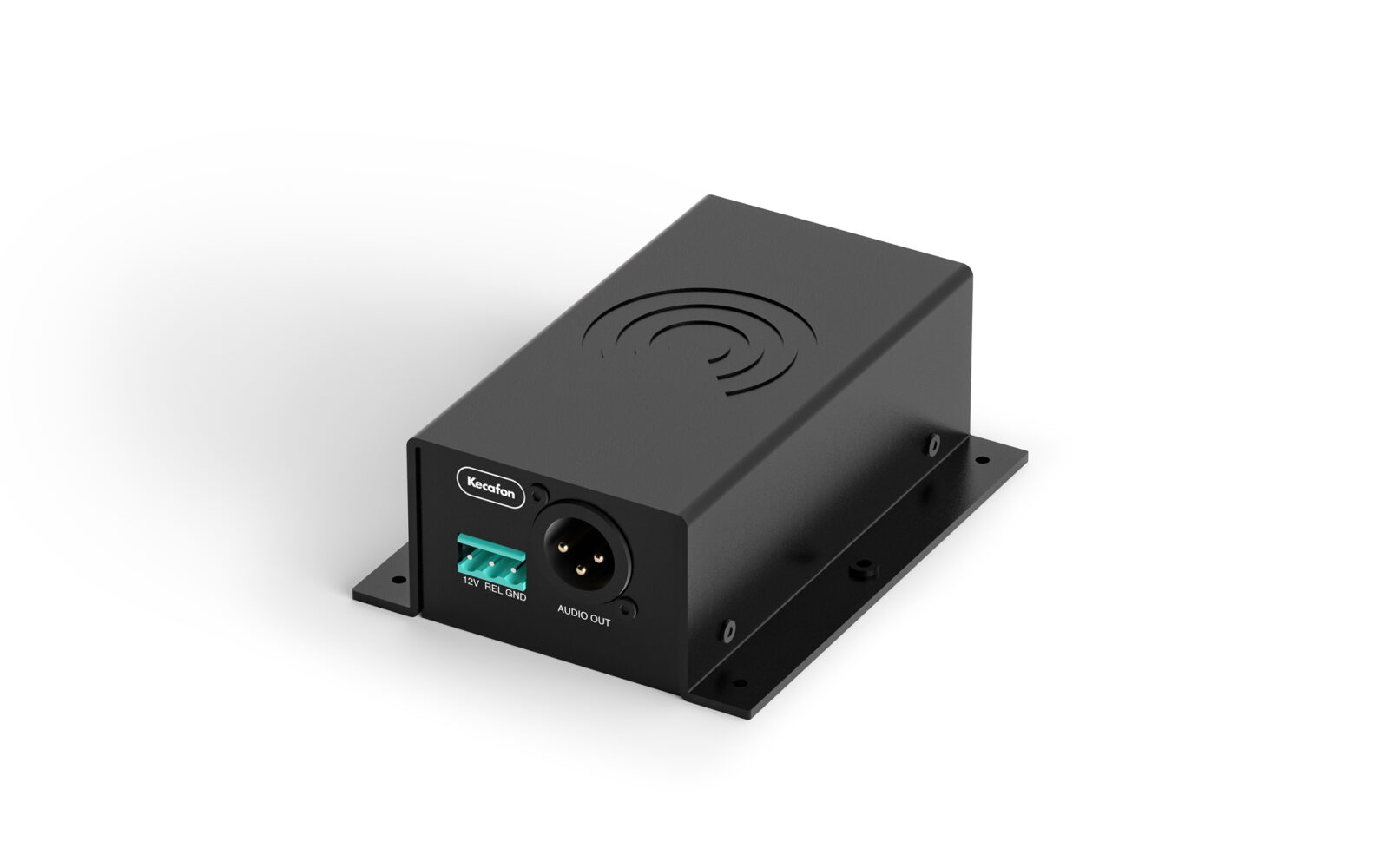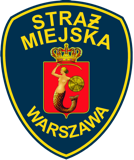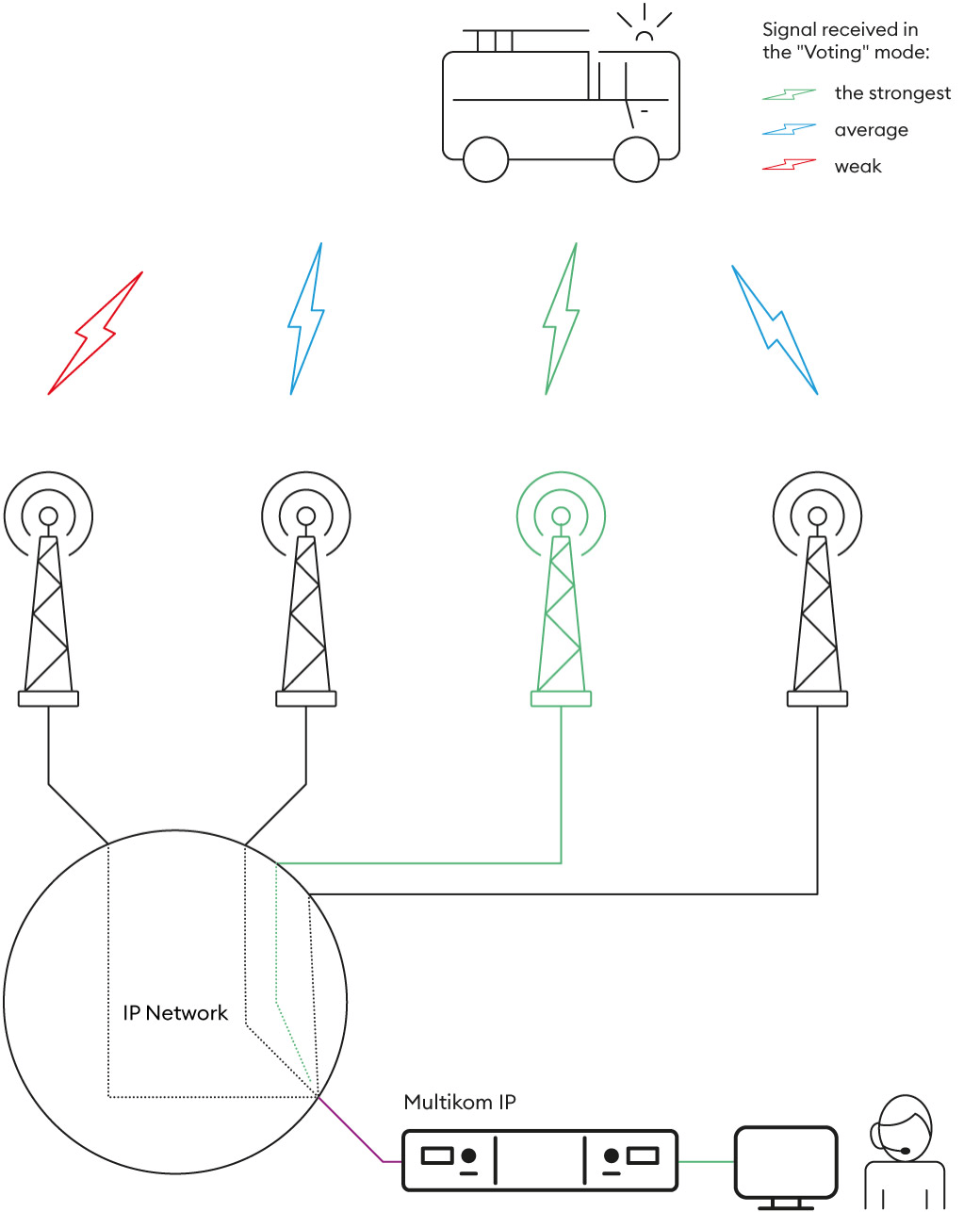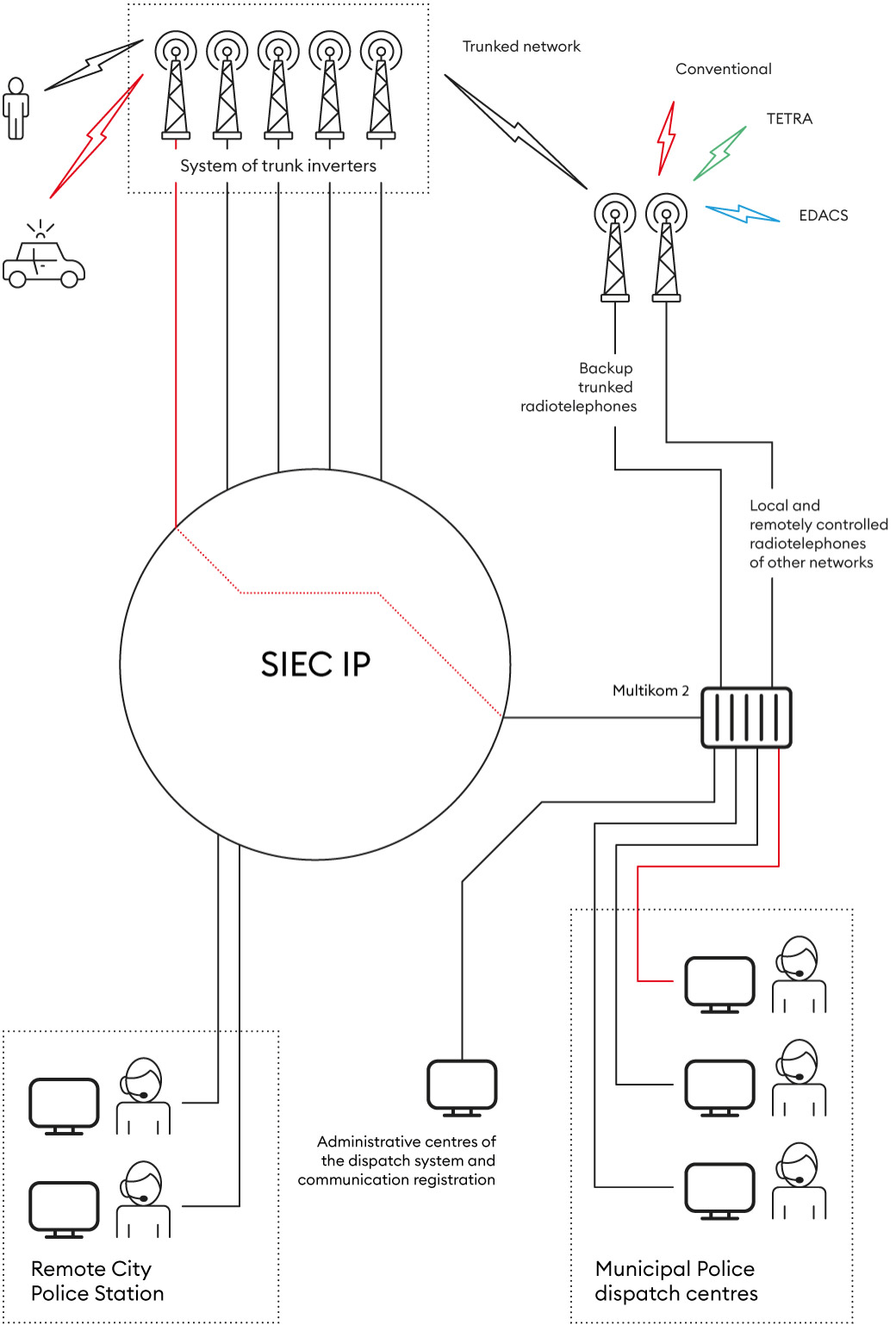Regional Police Headquarters in Gorzów Wielkopolski
The installation comprises 26 dispatch centers at various organizational levels of the Lubuskie Province Police, all of which are mutually interconnected and create a network of shared base stations.
In this particular case, our solution enabled an extensive radio network covering the entire region to be created.
When creating the network, we made use of the customer’s existing NetPerformer-based infrastructure, combining the Q.SIG signalling (audio) and the Frame Relay protocol (data). As all Multikom systems are interconnected, their integration into one network allows any base station throughout the system to be made permanently or temporarily available to any of the dispatch consoles. The migration from the original synchronized network connections to the new one, which uses the IP OST112 packet network, was conducted in 2012.
In subsequent years, the system was supplemented with IP interfaces designated for a network of radio repeaters operating in the DMR standard.
Metropolitan Police Headquarters in Warsaw
This system was designed, set up and used as a cornerstone for communication between police officers who were on duty at the National Stadium in Warsaw during the European Championship in 2012. The nature of the event required it to be put together to an extremely tight deadline.
It ensured integration of all radio systems used by the customer during EURO 2012, i.e. conventional radio network, EDACS and TETRA. The functionality of the Unikom 7 console was greatly expanded with the possibilities and functions offered by the EDACS trunk network. As mentioned above, the greatest challenge ofthis project was the limited time to install, commission, and implement the system. At present, several more Multikom systems are being installed and commissioned on the territory falling under the Metropolitan Police’s responsiblity and they will eventually be part of a network enabling resource sharing between individual police stations.
Regional Police Headquarters in Lublin
This project was similar in its scope and applied solutions to the one which was implemented for the Lubuskie Province Police. It com- prises 25 independent Multikom 2 dispatch systems that operate over conventional radio networks and support telephone communication, using the CTI interface.
Dispatch centre operators are able to access any base station within the entire province. Originally, NetPerformer-based protocols (Q.SIG + Frame Relay) were used for network connections between the autonomous systems. In 2012, an actual migration to the OST112 IP network was completed and the individual district systems were sup- plemented with interfaces for the Mototrbo DMR network.












